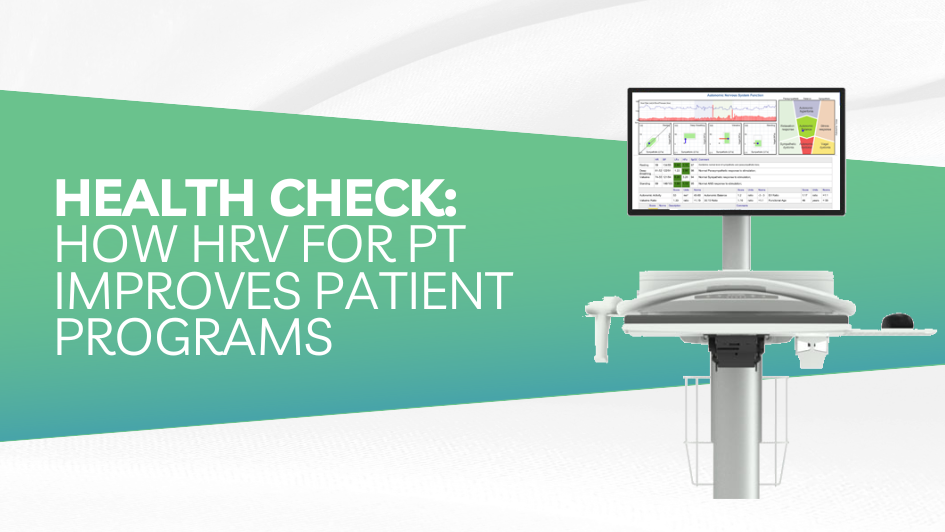
Health Check: How HRV Will Improve Your Physical Therapy Patient Programs
Heart rate variability (HRV) is an efficient, effective tool for physical therapists to measure and monitor the overall health of their patients’ autonomic nervous systems and then use that critical information to put them in the right program of care every time, which in turn has a direct effect on the patient’s physical and emotional well-being.
Let’s review how physical therapists can use HRV to assess a patient’s nervous system and guide treatment decisions that will affect their functionality and wellness.
What is Heart Rate Variability?
Heart rate variability (HRV) is a measure of the variation in time between successive heartbeats. It is influenced by the balance between the sympathetic and parasympathetic branches of the autonomic nervous system.
The sympathetic nervous system is responsible for the body’s fight or flight response, while the parasympathetic nervous system is responsible for the body’s rest and digest response. HRV can be measured using electrocardiogram (ECG) recordings or photoplethysmography (PPG) recordings from wearable devices. In the clinical setting, it is best measured through a physical therapy-specific HRV diagnostic system.
How HRV Assesses Autonomic Nervous System Health
HRV has been shown to be an important factor in determining the overall health of a patient’s autonomic nervous system. A higher HRV is generally associated with better autonomic nervous system function, while a lower HRV is generally associated with worse autonomic nervous system function. HRV has been linked to a wide range of health outcomes, including cardiovascular disease, diabetes, depression, anxiety and chronic pain.
- The Journal of the American College of Cardiology found that reduced HRV was associated with an increased risk of mortality in patients with heart failure.
- Another study published in the Journal of Psychosomatic Research found that reduced HRV was associated with increased levels of anxiety and depression in patients with chronic pain.
- The International Journal of Psychophysiology determined that HRV can also be used to assess the effectiveness of treatments for various conditions since HRV biofeedback is effective in reducing symptoms of anxiety and depression in patients with generalized anxiety disorder.
How Physical Therapists Can Use HRV in Their Practice
Physical therapists are best suited to measure and monitor HRV to inform the status of their patient’s autonomic nervous system which gives them an edge on treating them appropriately.
- A patient with chronic pain and reduced HRV may benefit from relaxation techniques such as deep breathing exercises or mindfulness meditation.
- A patient with cardiovascular disease and reduced HRV may benefit from exercise interventions that aim to improve autonomic nervous system function.
- A patient with chronic pain who undergoes a relaxation intervention may see an increase in their HRV over time, indicating improved autonomic nervous system function.
Watch this video to learn more about the advancements and research behind HRV for physical therapy:
Which HRV Diagnostic System is Best for Physical Therapy
To best improve wellness and recovery within your patients, we recommend this highly-rated Heart Rate Variability System.
Everything is already set up to help you and your patients succeed. At the start and end of each session, use the system’s non-invasive, 5-minute HRV procedure to measure the patient’s autonomic nervous system balance and then make adjustments as needed to their program of care to reduce stress levels and increase overall health and mental function.
This clinical HRV system for physical therapy comes with a Tablet PC that is pre loaded for plug and play setup. Plus, every purchase includes onboarding and training for your staff with NeuPTtech’s expert support and resources. As an example, here is an image of the HRV scorecard we provide to new patients to help them understand their current nervous system health as it relates to the HRV score.
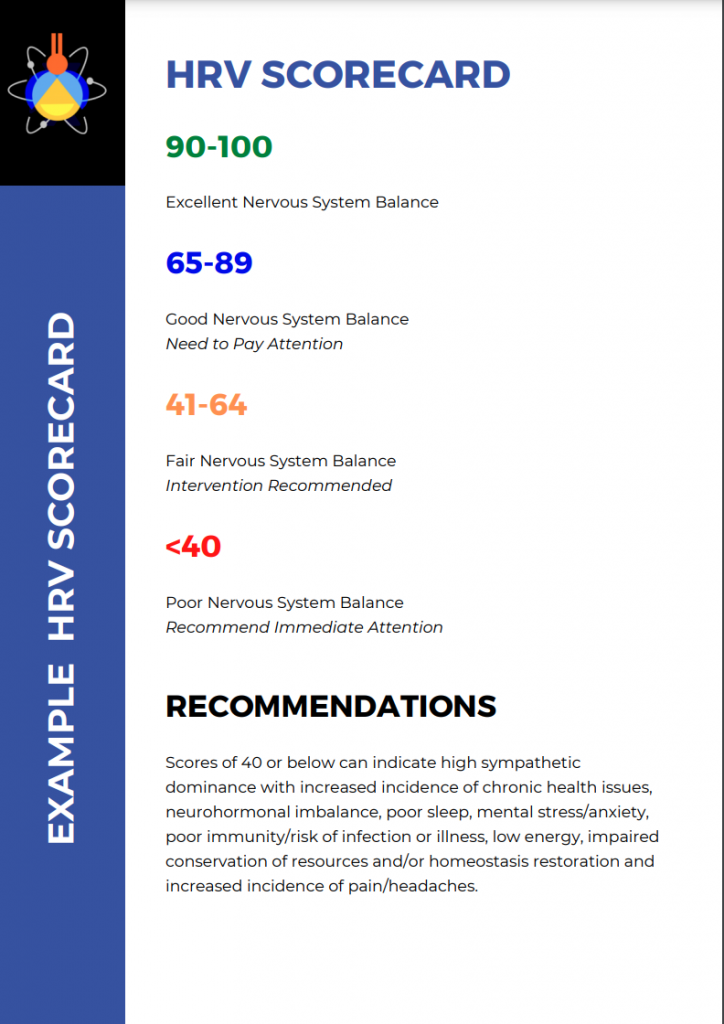
Keep Your Practice on the Pulse of Innovation
HRV is a promising tool for physical therapists to assess the overall health of a patient’s autonomic nervous system. HRV can be used to guide treatment decisions and to monitor a patient’s progress over time. As research in this area continues to evolve, HRV may become an even more important tool for physical therapists to use in practice.
To learn more about HRV and get exclusive access to our HRV resources for physical therapists, contact NeuPTtech today!


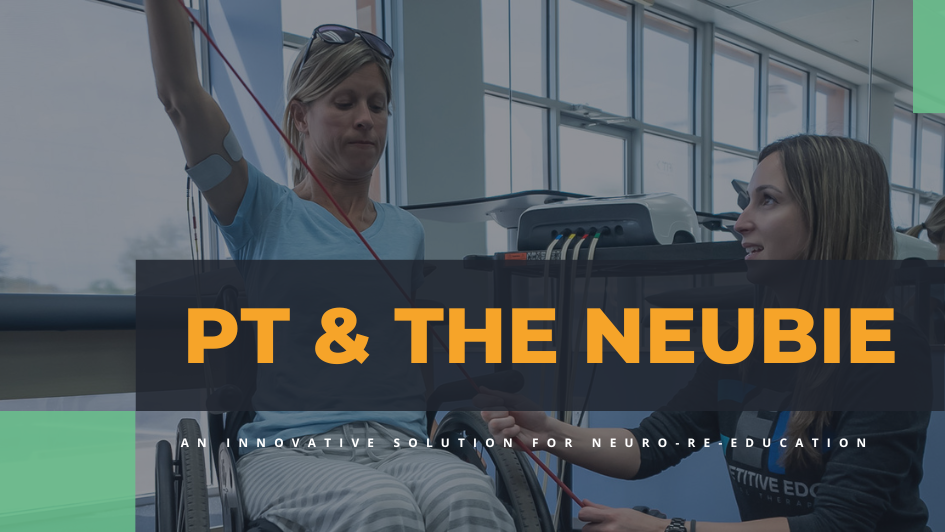 Previous Post
Previous Post Next Post
Next Post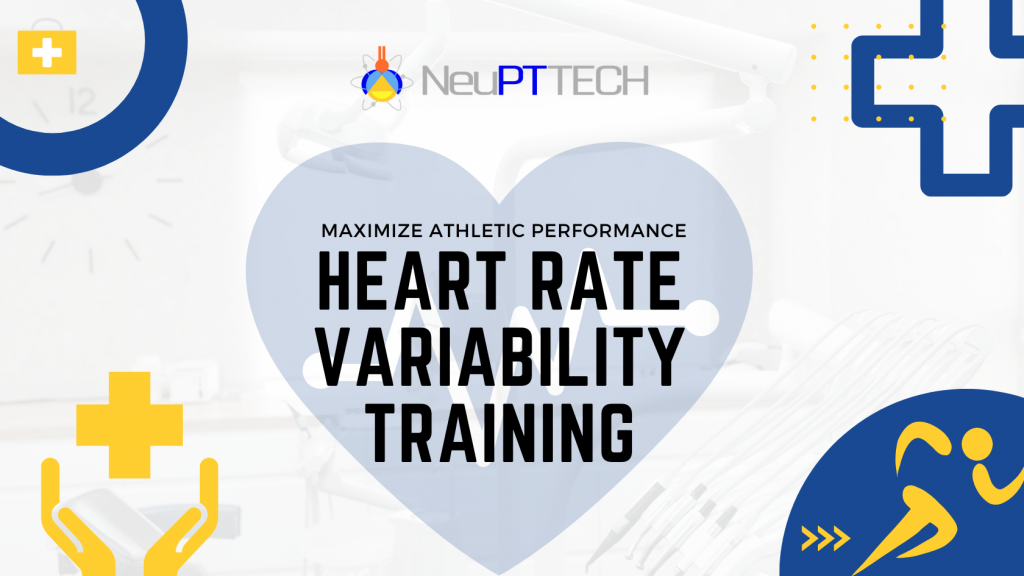
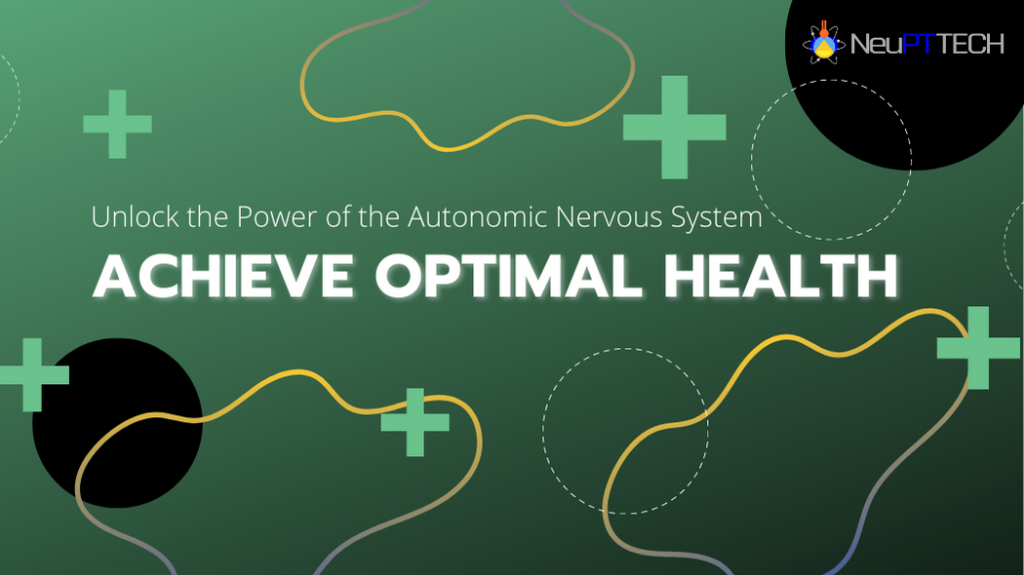
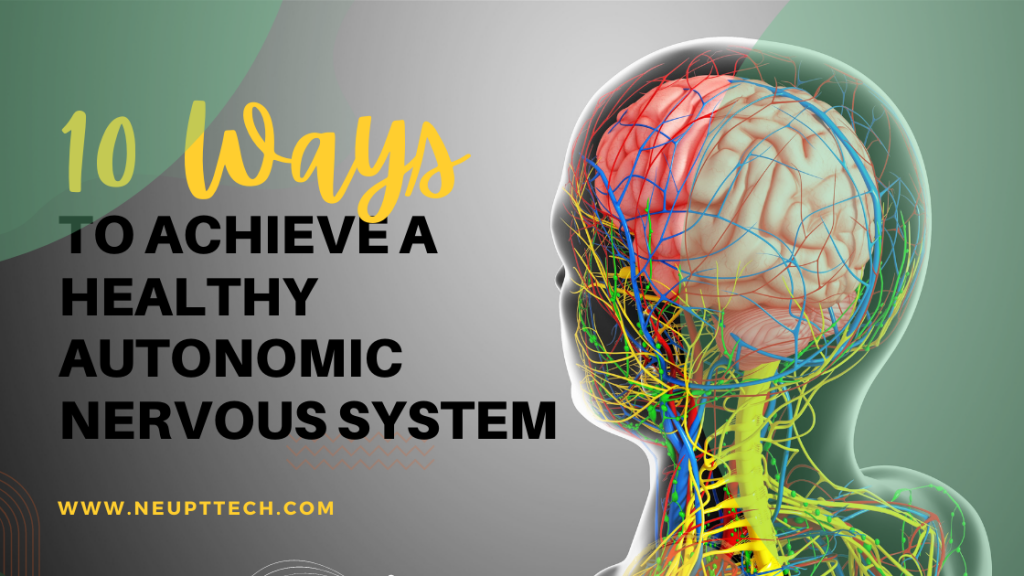
.png)